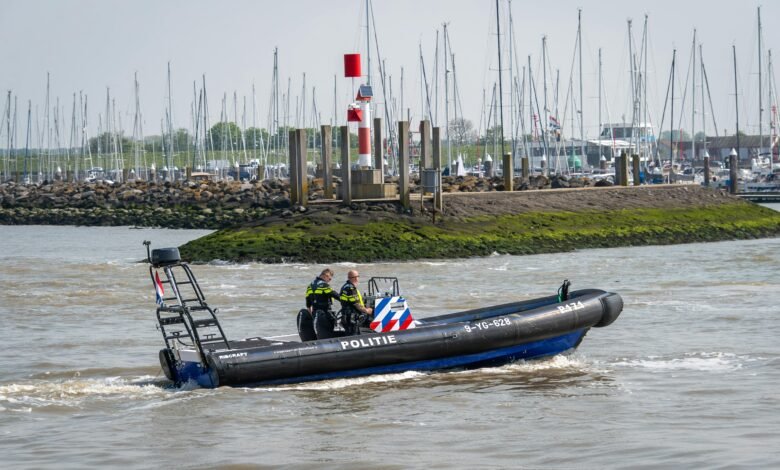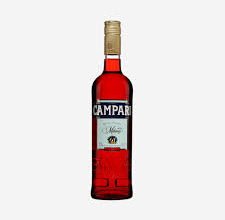Yard Patrol Craft – The Unsung Heroes of Naval Training

If you’ve ever seen a small, gray naval vessel quietly cruising near a naval academy harbor, chances are you’ve spotted a Yard Patrol Craft, commonly known as a YP boat. These vessels may not look as intimidating as destroyers or submarines, but they play one of the most important roles in the U.S. Navy — training the next generation of naval officers.
A Yard Patrol Craft is a small naval ship used primarily for training midshipmen in seamanship, navigation, and ship handling. They are the classroom at sea — practical, hands-on, and vital.
During my visit to Annapolis years ago, I watched one glide past the pier, cadets on deck adjusting lines and practicing drills. It wasn’t flashy, but you could feel the discipline and purpose behind every movement.
That’s what makes these vessels so special — their quiet strength and role in shaping those who one day command the Navy’s largest ships.
The Origins of Yard Patrol Vessels
The story of Yard Patrol Craft goes back to the early 20th century, when the U.S. Navy recognized the need for smaller vessels to train young officers in real maritime conditions.
Unlike large combat ships, YP boats were affordable, easy to maintain, and perfect for coastal operations. Early versions appeared before World War II and were used for everything from training to patrol duties and even convoy escort missions during wartime.
During World War II, hundreds of YP-class vessels were built. They weren’t glamorous, but they were reliable. Some were converted fishing boats, others purpose-built for the Navy. They patrolled harbors, escorted convoys, and helped with rescue operations.
In many ways, these boats were the Navy’s “workhorses.” They filled in wherever they were needed, often performing quietly behind the scenes.
Design and Construction: Built for Purpose
Yard Patrol Craft are designed to be practical and durable. Most are around 108 feet long, with steel hulls and diesel engines that can push them to speeds of about 12 to 14 knots.
The design is simple yet efficient: a bridge for navigation, a small operations room, living quarters, an engine room, and a galley. Everything serves a purpose.
Modern versions, such as the YP-676 class, feature twin engines, modern navigation systems, radar, GPS, and communication equipment identical to what officers will later find on larger naval ships.
Each boat can carry around 30 to 40 midshipmen and instructors. It’s just the right size — large enough to feel like a real ship, small enough to handle safely under training conditions.
The build quality is remarkable. Many YP boats have served for decades with only periodic upgrades, a testament to their sturdy design and craftsmanship.
The Role of Yard Patrol Craft in the Navy
Yard Patrol Craft are not warships — they don’t carry heavy weapons or engage in combat. Their mission is education.
They train future naval officers in navigation, seamanship, engineering, and leadership. Midshipmen learn to plot courses, operate engines, stand watch, and make decisions as part of a functioning ship’s crew.
In essence, the YP gives cadets their first real taste of command. Mistakes here are lessons, not disasters. The calm waters of Chesapeake Bay or Puget Sound are where many officers first learn to give orders, stand watches, and understand what it means to be responsible for lives and equipment.
It’s where textbook theory meets real-world challenge.
Training the Future: The US Naval Academy Connection
If you’ve ever visited the United States Naval Academy in Annapolis, Maryland, you’ve probably seen Yard Patrol Craft lined up at the docks. The Academy operates a fleet of them, typically between 15 and 20 vessels, used year-round for midshipman training.
Cadets spend weeks aboard these ships during their summer training sessions, learning everything from basic seamanship to advanced navigation and engineering watchstanding.
When I spoke with a retired Navy instructor, he told me that the first time a cadet takes the helm of a YP boat is often a defining moment. “You see it in their eyes,” he said. “That mix of nerves and pride — it’s when they realize, ‘I’m really doing this.’”
The program also instills teamwork. A Yard Patrol crew must operate as one — from the bridge to the galley. Everyone has a job, and every role matters.
The skills learned here carry through to every ship in the fleet. In many ways, every admiral started on a YP.
Inside a Yard Patrol Craft – How It Works
Step aboard a Yard Patrol Craft, and you’ll immediately sense its functionality. The bridge is the nerve center, with radar, compass, chart tables, and communication radios. Cadets take turns standing watch, logging positions, and navigating.
Below deck, the engine room hums with mechanical rhythm. Engineers learn to manage power, fuel, and propulsion. The galley is small but efficient, and the berthing areas are tight — bunks stacked two or three high.
Everything about a YP is designed to mirror life at sea. There’s little room for luxury — and that’s intentional. It teaches discipline, teamwork, and endurance.
One midshipman once told me, “You really learn how to live with people on a YP. You can’t escape — you have to figure out how to work together.”
That’s the hidden training: learning to lead and cooperate under pressure.
A Day in the Life of a Cadet on Board
A typical day aboard starts early. By 0600, cadets are awake, cleaning decks, and preparing for morning briefings. After breakfast, they begin training exercises — chart plotting, helm drills, and seamanship lessons.
Throughout the day, they stand watches, perform maintenance, and conduct drills like man-overboard recovery. Meals are shared quickly, and evenings often include debriefs and study sessions.
The days are long but rewarding. By the end of a cruise, cadets have not only learned maritime skills — they’ve learned leadership, patience, and humility.
Modern Yard Patrol Craft – Evolution and Technology
The Navy has continued updating its YP fleet. Modern Yard Patrol vessels feature advanced navigation electronics, integrated radar displays, and environmentally friendly engines.
The YP-700 class, for instance, introduced better fuel efficiency, improved living spaces, and safer control systems. Some are even being adapted with hybrid propulsion technologies.
Despite the upgrades, the core mission remains unchanged — hands-on, real-world naval training.
Interestingly, other countries have adopted similar models, inspired by the U.S. Navy’s success. These small craft have proven invaluable for developing maritime leadership in safe, controlled environments.
Comparing Yard Patrol and Coastal Patrol Boats
At first glance, a Yard Patrol Craft and a Coastal Patrol Boat might look similar, but their missions are entirely different.
| Feature | Yard Patrol Craft | Coastal Patrol Boat |
|---|---|---|
| Purpose | Training and seamanship | Coastal defense, interdiction |
| Armament | Minimal (training use only) | Armed with machine guns, missiles |
| Speed | 12–14 knots | 35+ knots |
| Crew Composition | Cadets and instructors | Active-duty combat crew |
| Operational Area | Training waters, bays | Coastal zones, open sea patrols |
The Yard Patrol is about education; the Coastal Patrol is about protection. Both are vital, but one prepares officers for the other.
Legacy and Future of Yard Patrol Craft
For over 80 years, Yard Patrol Craft have shaped generations of naval officers. They’ve outlasted wars, ship designs, and technologies.
There’s something timeless about a YP. It represents the Navy’s belief that the best training comes not just from books or simulators, but from real ships, real teamwork, and real responsibility.
As the Navy modernizes, Yard Patrol Craft will continue evolving — more efficient engines, digital systems, and maybe even AI-assisted navigation someday. But they’ll still serve the same human purpose: to teach, to test, and to prepare.
Conclusion
The Yard Patrol Craft may never make headlines or star in war movies, but its impact is immeasurable. Every naval officer who stands confidently on the bridge of a destroyer or carrier likely owes that confidence to time spent on a YP.
These ships teach lessons that no classroom can — patience, precision, teamwork, and leadership.
In their quiet, steady way, Yard Patrol Craft have done more to shape naval history than many realize. They remind us that greatness often begins small — with one cadet, one ship, and one sunrise on calm waters.
FAQ Section
1. What is a Yard Patrol Craft used for?
It’s primarily used by the U.S. Navy to train midshipmen in navigation, seamanship, and ship handling.
2. Where are Yard Patrol Craft based?
Most are stationed at the U.S. Naval Academy in Annapolis, Maryland, with others in training ports across the U.S.
3. Are Yard Patrol Craft still in use today?
Yes. Modern YP boats are still active and continue to train officers with updated systems.
4. What is the difference between a Yard Patrol Craft and a warship?
YP boats are unarmed training vessels, while warships are built for combat and defense.
5. How big is a Yard Patrol Craft?
Typically around 108 feet long with a crew of about 30–40 people, including instructors and trainees.

